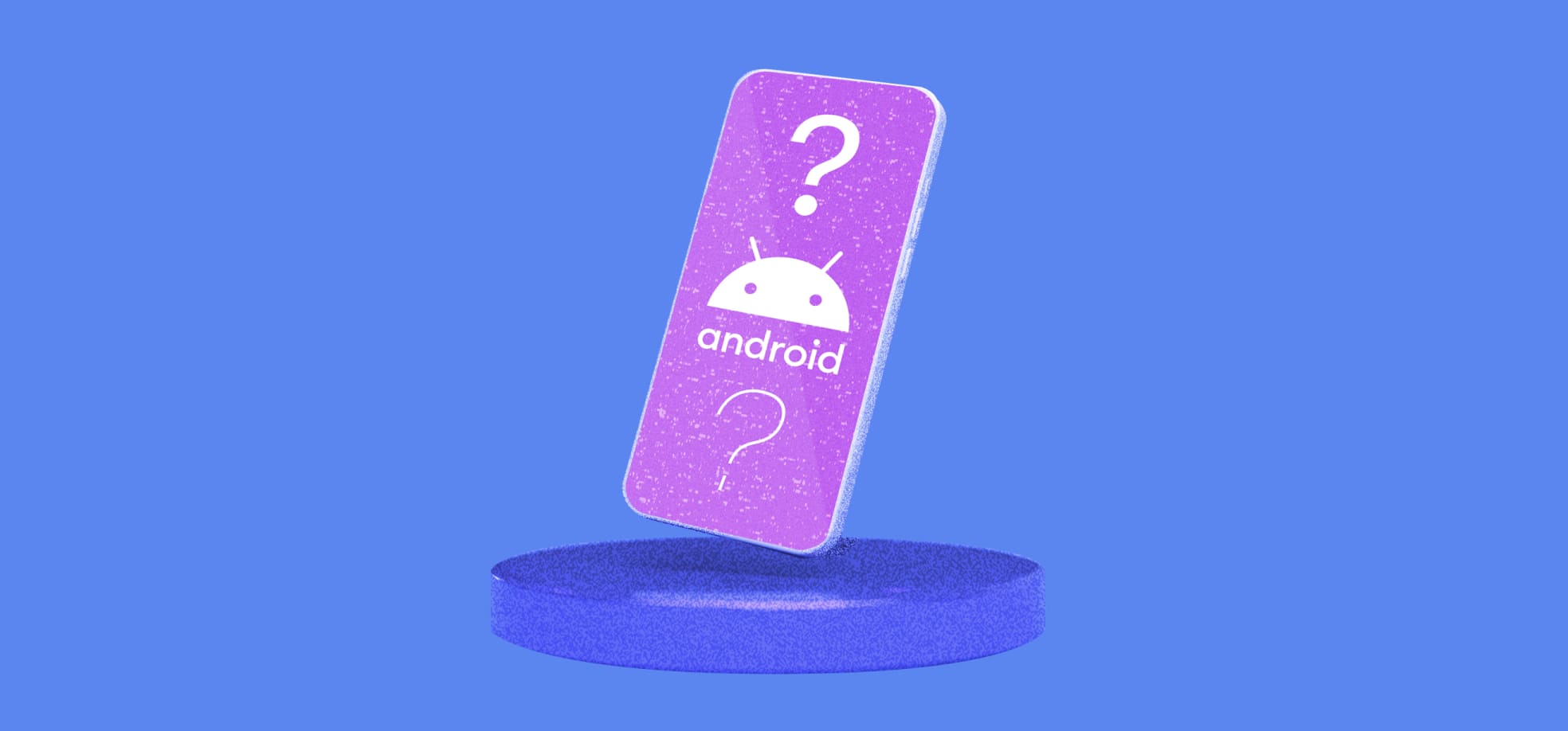
Initial Checks
Before diving into troubleshooting, perform some initial checks to ensure the problem isn't something simple.
Ensure USB Debugging is Enabled
- Go to Settings > About phone.
- Tap the Build number seven times to unlock Developer options.
- Enable USB debugging in Developer options.
Check Device Connection
- Ensure the device is properly connected.
- Try using a different USB cable and port to rule out hardware issues.
Restart Both Devices
- Restart your development machine.
- Restart the Android device.
Setting the Device to Connect as Camera (PTP)
Some devices require setting the USB connection mode to Camera (PTP) for recognition.
Steps to Set PTP Mode
- Open the notification shade by swiping down from the top of the screen.
- Select USB options, represented by a USB symbol.
- Choose "Camera (PTP)".
- Confirm access if prompted.
ADB Permissions and Restart
Incorrect ADB permissions can cause recognition issues.
Steps to Check and Restart ADB
-
Open a terminal on your development machine.
-
Navigate to the platform tools directory:
bash
~/Android/Sdk/platform-tools> ./adb devices -
If the device is listed with “no permissions”, restart ADB with proper permissions:
bash
~/Android/Sdk/platform-tools$> ./adb kill-server
~/Android/Sdk/platform-tools$> sudo ./adb devices -
Restart the ADB server if necessary:
bash
~/Android/Sdk/platform-tools$> ./adb start-server
USB Configuration
Ensure the USB configuration is set to Transferring Files or Media Transfer Protocol (MTP).
Steps to Change USB Configuration
- Open device settings.
- Go to Connected Devices or a similar section.
- Select USB Configuration.
- Choose “Transferring Files” or “Media Transfer Protocol (MTP)”.
Creating a Udev Rule
On Ubuntu, adding a udev rule may be necessary for consistent device access.
Steps to Create Udev Rule
-
Identify your device using
lsusband note the vendor and product IDs. -
Create a udev rule file:
bash
sudo nano /etc/udev/rules.d/51-android.rules -
Add the following content with your vendor and product IDs:
bash
SUBSYSTEM=="usb", ATTR{idVendor}=="18d1", ATTR{idProduct}=="4ee7", MODE="0660", GROUP="plugdev", SYMLINK+="android%n" -
Reconnect the device or restart the ADB server.
Troubleshooting Device Connections
If Android Studio still doesn't recognize your device, try troubleshooting device connections.
Steps to Troubleshoot Device Connections
- Select Troubleshoot Device Connections from the dropdown list where you see “no device”.
- Click on the “rescan devices” button.
- Follow the suggested settings on your device if the problem persists.
- Restart the ADB server if necessary.
ADB Interface Driver
A common reason for recognition issues is a problem with the ADB Interface driver.
Steps to Check and Install ADB Interface Driver
- Open Device Manager on your Windows computer.
- Look for any devices showing an error, often listed as an unknown USB device.
- Select that device and try to update the drivers.
- If Windows cannot install the driver, get the Device ID (right-click on your device -> Properties -> Details -> Hardware Ids). Install Google USB drivers from Android Studio by going to android_winusb.inf file (under ANDROID_SDK_DIR/extras/google/usb_driver/) and adding your Device ID according to the file format.
Switching Between PTP and MTP
Switching between PTP and MTP modes can sometimes resolve connectivity issues.
Steps to Switch Between PTP and MTP
- Open device settings.
- Go to Connected Devices or a similar section.
- Select PTP Mode and confirm access if prompted.
- After a few seconds, switch back to MTP mode.
Updating SDK Platform Tools
Updating SDK platform tools can resolve connectivity issues.
Steps to Update SDK Platform Tools
- Open the SDK Manager from Android Studio by clicking Tools > SDK Manager or the SDK Manager in the toolbar.
- Click the checkbox next to Android SDK Platform-Tools so it shows a checkmark. A download icon should appear in the left column.
- Click Apply or OK.
Restarting Android Studio
Sometimes restarting Android Studio can resolve connectivity issues.
Steps to Restart Android Studio
- Close any open instances of Android Studio.
- Open a new instance of Android Studio.
Additional Tips
Here are some additional tips that might help resolve connectivity issues:
Check for Conflicting Software
Close other development environments like Visual Studio Xamarin to avoid conflicts.
Replace USB Cable
Try replacing the USB cable to resolve hardware-related issues.
Check for Updates
Ensure your device and development machine have the latest software updates.
